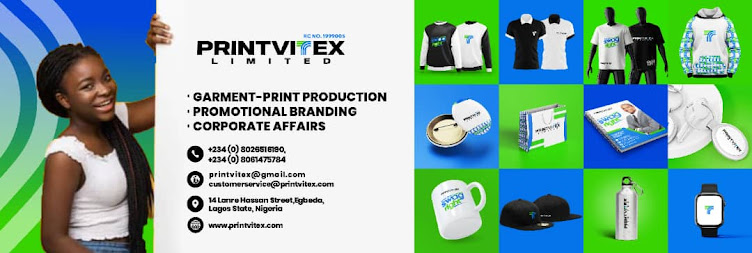The age-old practice of logo placement is evolving into a sophisticated art form, one that involves weaving narratives, invoking emotions, and forging connections through innovative branding strategies. Welcome to the era where your brand story takes center stage, transcending the boundaries of a mere logo and embracing the limitless possibilities of garment branding.
The Power of Brand Storytelling:
Your brand is more than just a logo; it's a living entity with a story to tell. Every successful brand has a narrative that defines its journey, values, and aspirations. Promotional garments have become an expressive canvas for these narratives, allowing brands to communicate their essence in more profound ways. By integrating storytelling elements into your garment branding, you're not just showcasing a logo – you're crafting an experience that resonates with your audience.
- From Logos to Visual Narratives: Innovative branding goes beyond the traditional logo placement. It involves infusing garments with visual narratives that captivate and engage. This can be achieved through:
- Custom Artwork: Collaborate with artists to create unique illustrations that encapsulate your brand's ethos. These artworks can become synonymous with your brand, forging an emotional connection with your audience.
- Typography: Thoughtfully chosen typography can communicate your brand's voice and personality. Utilize fonts that align with your messaging to reinforce your brand's identity.
- Patterns and Textures: Integrate patterns and textures that mirror your brand's values. Whether it's a subtle motif or an intricate design, these elements can evoke specific emotions.
- Colour Story: Colors evoke emotions and perceptions. A strategic color palette can convey your brand's mood and values, creating an immersive experience for your audience.
Embracing Minimalism:
In the pursuit of innovative branding, less can often be more. Minimalistic branding takes a subtle approach, relying on refined aesthetics to make a statement. It could be a discreet logo placement, a single-color emblem, or a minimalist motif. This approach leaves room for interpretation, inviting your audience to engage and form their own connections with your brand.
Personalization and Individualism:
The modern consumer seeks individualism. Brands that offer personalized experiences on their promotional garments stand out. Whether it's adding a customer's name, a unique design element, or a personalized message, this level of customization demonstrates a brand's commitment to its audience's uniqueness.
Sustainability as a Brand Statement:
In an era of heightened environmental consciousness, your brand's commitment to sustainability can be etched onto garments. Utilize eco-friendly materials, incorporate nature-inspired designs, or proudly display sustainability certifications. This not only aligns with your brand's values but also resonates with environmentally-conscious consumers.
Bottomline:
The evolution of garment branding marks a shift from mere logos to immersive experiences. By embracing storytelling, innovative design, minimalism, personalization, and sustainability, brands can create promotional garments that transcend traditional boundaries. These garments become more than just clothing; they become vessels of expression, connection, and identity. In this dynamic landscape, the art of branding has found a new canvas, one that extends beyond logos to forge profound and lasting brand-consumer relationships.











